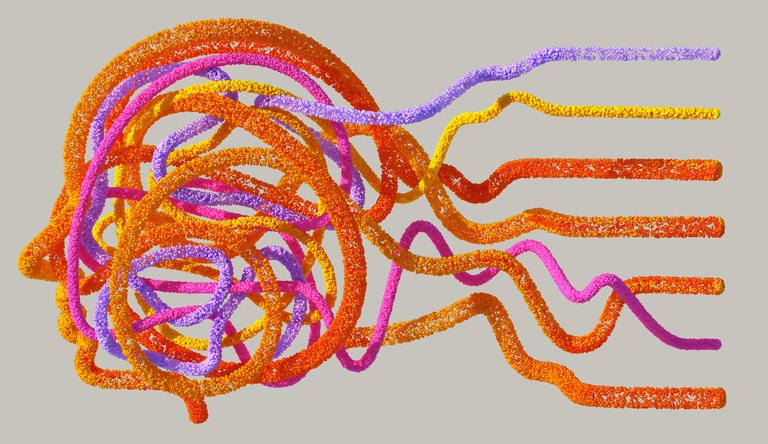Subscribe to view content
Sign up for our newsletter and get useful change strategies sent straight to your inbox.

POWER READ
Multiple Thinkfluencers (3)
A lot of people think AI is going to solve problems for us, that it’s a silver bullet that can fix any problem. But instead, think of AI as operating like a brain, helping generate and transition between different tasks. Picture it this way: your brain can tell you what you need to do to pick up a car, but you won’t be able to do it unless you have the muscles. So the architecture around the AI is just as important as the AI for problem solving.
Currently, Generative AI can be used to remove the inertia of having to start from scratch. It can break down a complicated problem into a series of steps or levers. It can also help come up with lots of options to get you started. If you’re looking for ideas to solve a particular problem, AI can help generate a lot of text that’s relevant to you. Simply reading through them will also give you direction and spark avenues of thought, so you’re no longer starting with a blank slate. In this way, it facilitates ideation and divergent thinking.
It also helps you think through the problem you’re looking to solve. For instance, if you want to create a habit tracker app that’s really sticky, you could ask the AI tool for ideas on how to make it sticky. It’ll then generate a bunch of ideas for you. From there, you’ll think about what you need, and how to prompt the tool differently to achieve the outcome you want. It’s an iterative process by nature.
In refining your prompts, you’ll also be diving deeper into the problem you’re solving. You’ll find that a generic prompt leads to generic output. However, by giving it structure and guidelines – target audience, scope, for instance – you’ll receive a foundational framework based on the data that the model was trained on. In that sense, you’ll receive a much richer output while also clarifying the problem for yourself.
Today, people are using tools like ChatGPT to do their jobs, but they do so on an individual level. This thinking is happening in nodes and siloes, and showcases a clear limitation in AI products in the market today. We’re still lacking easy to use AI solutions that are able to connect individual AI use and in doing so, analyze and make decisions on an organizational level. Right now, people are individually informed by AI, and there’s an added layer of human bureaucracy. In the future, we expect that AI will be used to aggregate thoughts and build centralized data on an organizational level.
For instance, most large organizations have high-level frameworks, strategies, and principles that form the foundation of everything they do. For example, problem X needs to be solved by doing, and Z is responsible. Imagine if this corporate knowledge could be plugged into an AI tool. That would be the next step in being able to automate thinking at an organizational level. If your organization isn’t big on documentation, start doing that – we think this information could soon be fed into models and could be game changing in accelerating the decision making process.
Lastly, the big question with organizations adopting AI at scale is security. You should be able to know where your data is going. For organizations, we think having data standards will be crucial. You’ll need to use a tool that will take your locally stored or siloed data, keep it secure, and do computations locally in order to drive large scale adoption.
If you follow the design thinking process, AI can help automate and speed up some parts of this. For instance, user research. AI tools can function as reasoning and logic engines in user testing, helping synthesize large volumes of feedback into actionable data. There are tools out there that will talk to people for you, bring back data, analyze it, and give you insights.
That said, we’re still in the early stages of building interfaces that will be able to solve complex problems by maintaining and drawing from long-term relevant context. There is still going to be a human element in the loop until we’re able to create the interfaces that can be used seamlessly.
Sign up for our newsletter and get useful change strategies sent straight to your inbox.